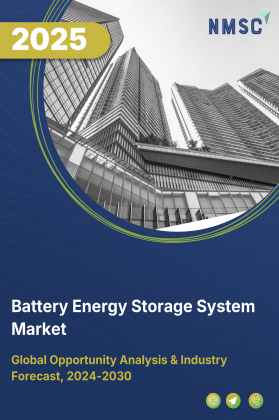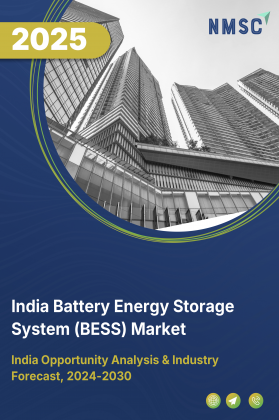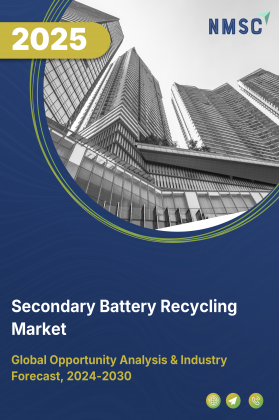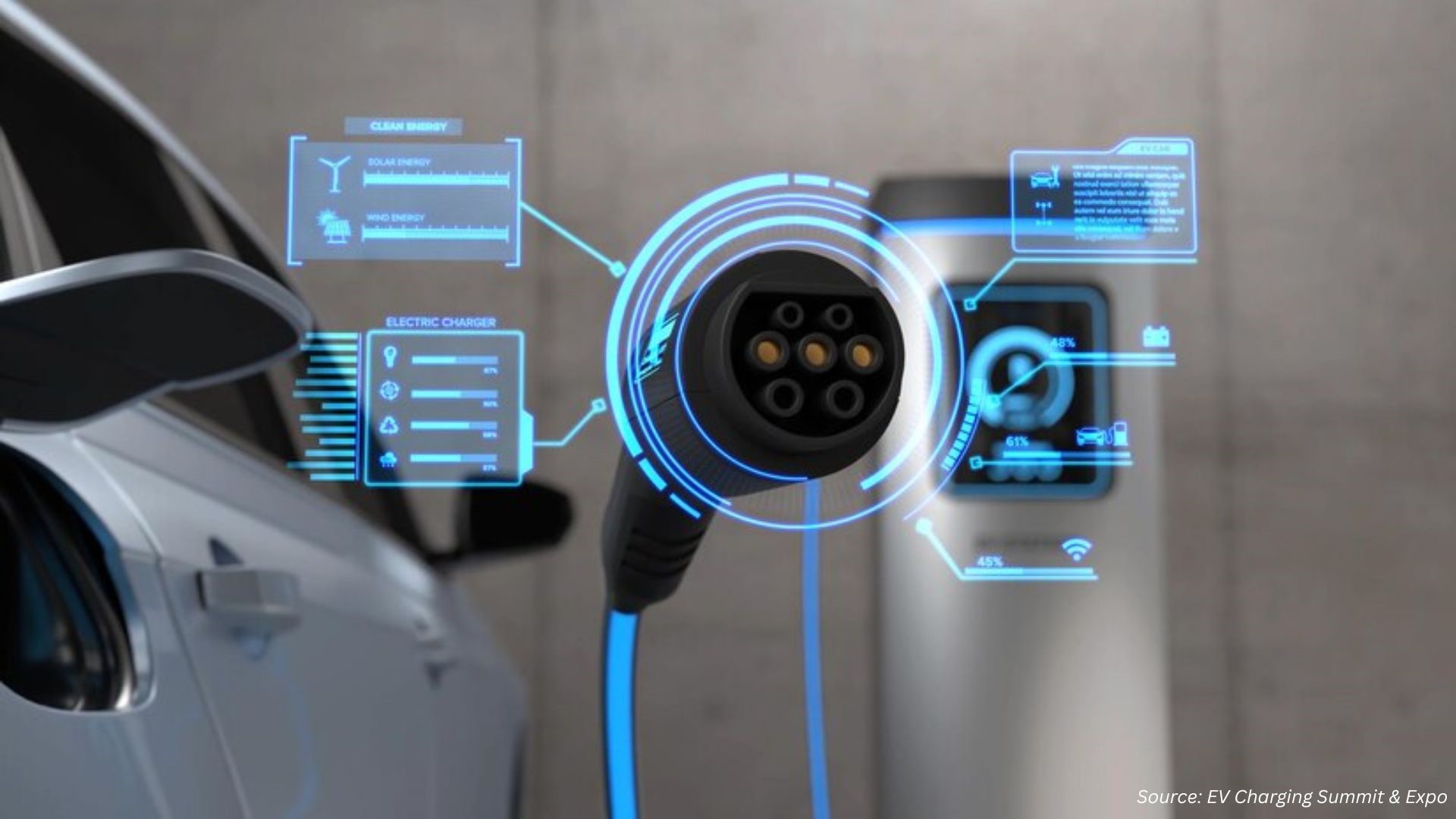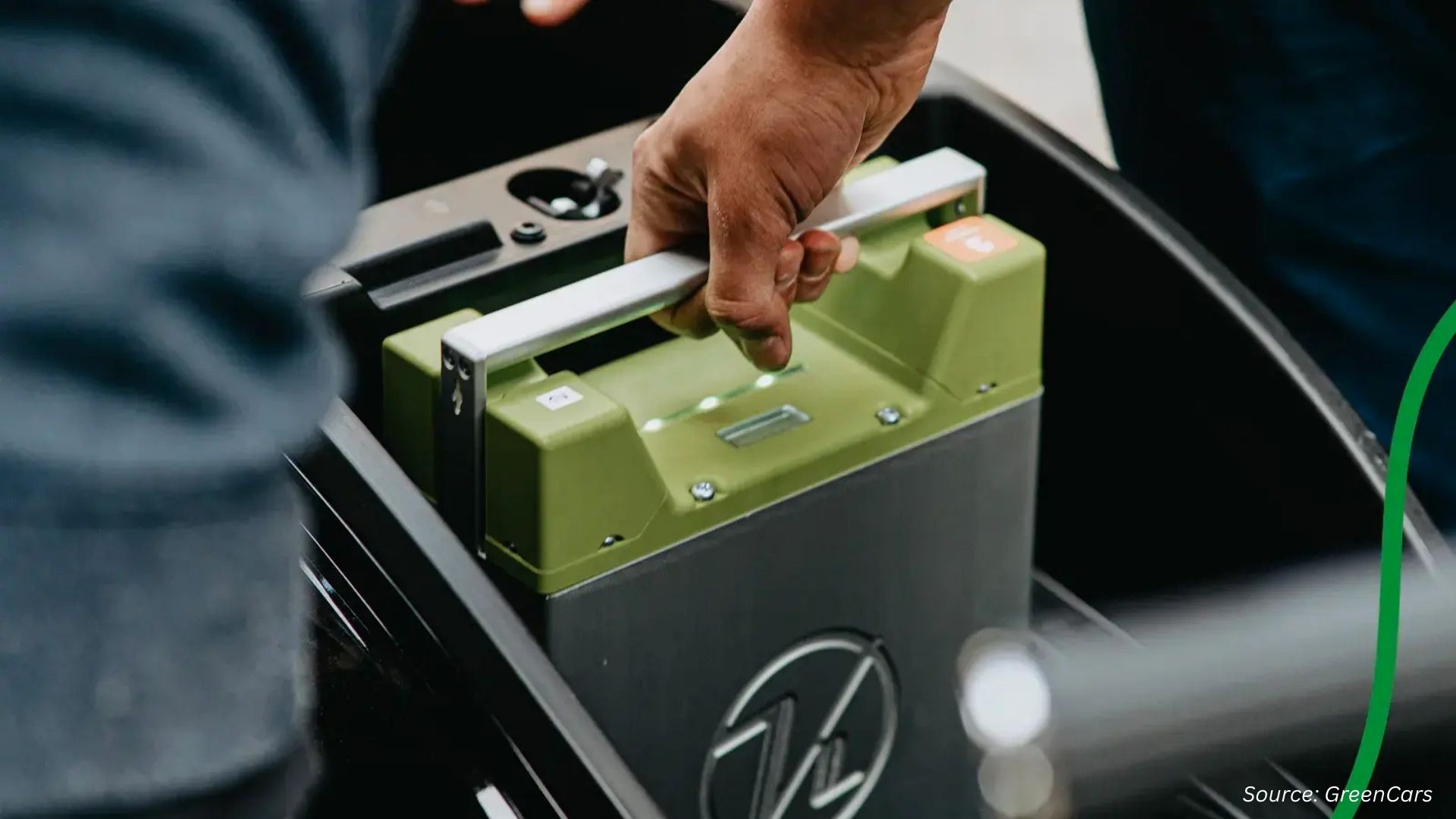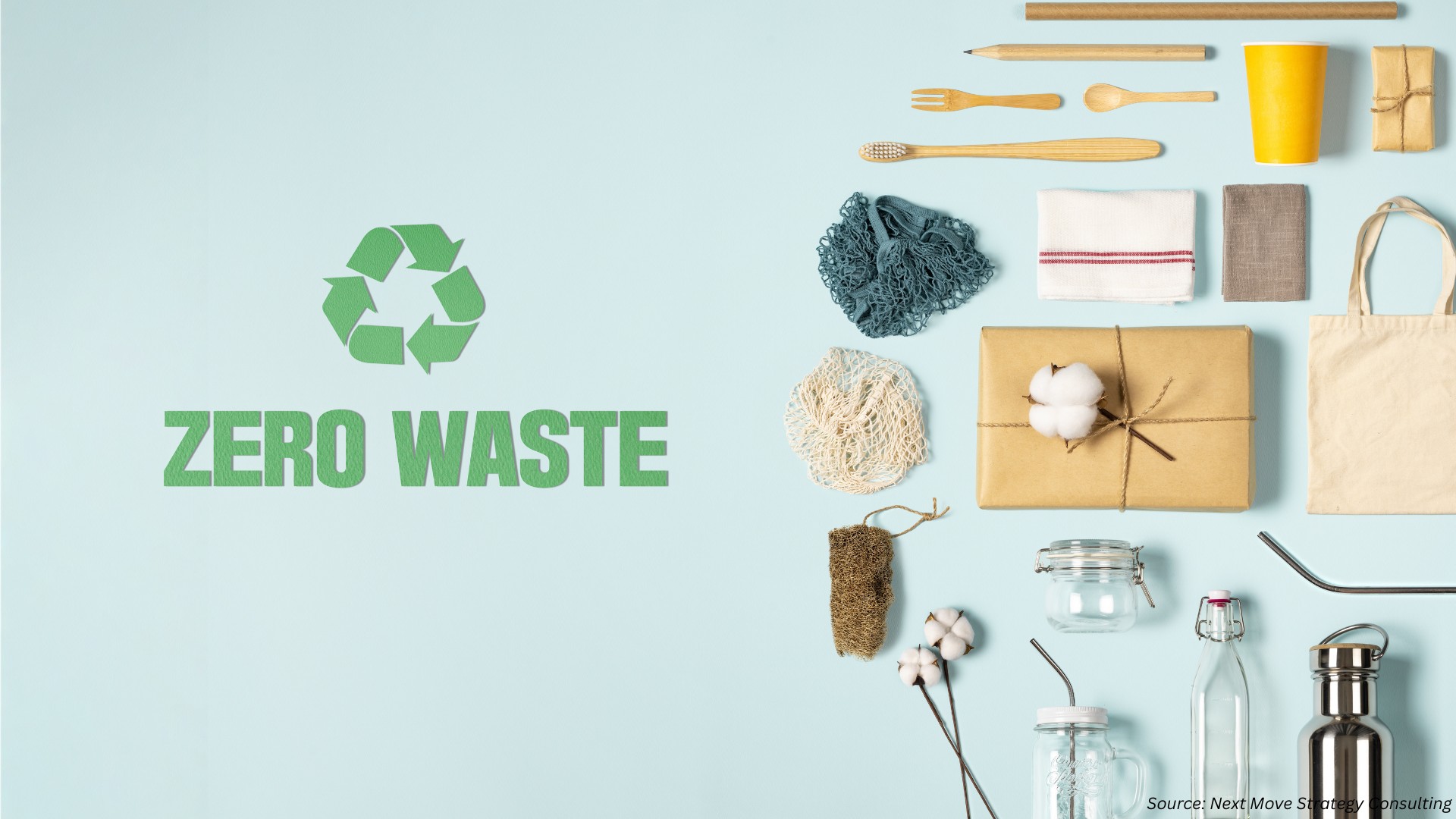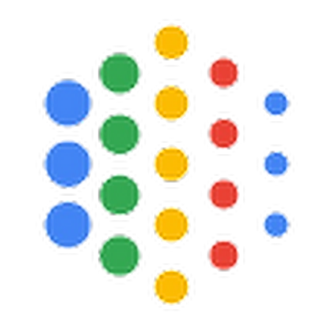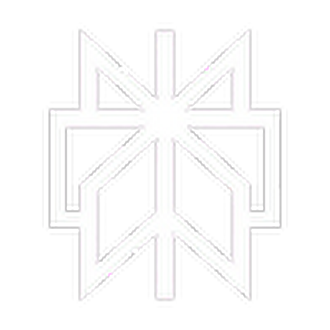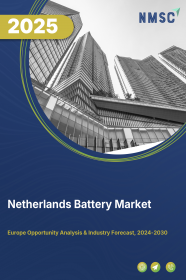
Netherlands Battery Market by Type (Stationary, Motive), by Battery Type (Primary Batteries (Non-rechargeable) and Secondary Batteries (Rechargeable)), and by Voltage Type (Low Voltage Batteries (1V - 12V) and others) by Power Capacity (Low Capacity Batteries (Up to 1,000 mAh) and others), by Self-Discharge Rate (Low Self-Discharge Rate Batteries and others), by Application (Residential,Industrial and Commercial)– Opportunity Analysis and Industry Forecast 2023-2030
Industry: Energy & Power | Publish Date: 27-Jun-2025 | No of Pages: 243 | No. of Tables: 198 | No. of Figures: 123 | Format: PDF | Report Code : EP706
Market Overview
Netherlands Battery Market was valued at USD 1.53 billion in 2022, and is predicted to reach USD 5.07 billion by 2030, with a CAGR of 16.2% from 2023 to 2030.
A battery functions as a device that stores energy and subsequently releases it by converting chemical energy into electrical energy. Commonly, batteries generate electricity through the utilization of one or multiple electrochemical cells. Batteries are classified into two types: primary batteries, and secondary batteries. A primary battery is a non-rechargeable, simple and convenient power source for several portable electronic and electrical devices like lights, cameras, watches, toys, radios, and others. On the other hand, a secondary battery is also called a rechargeable battery, as it can be electrically recharged after discharge. Batteries have become an essential source of energy in our day-to-day life. The development of advanced technologies, including smartphones, tablets, laptops, solar power, and electric vehicles (EVs), led to the introduction of powerful batteries that can last longer and deliver the necessary energy.
Government-Led Energy Transition and Storage Infrastructure
The Netherlands is at the forefront of Europe’s energy transition, with a growing reliance on renewable sources like wind and solar. However, the intermittent nature of these energy sources has created an urgent need for grid stability and flexible storage solutions. In response, the Dutch government is actively promoting the deployment of Battery Energy Storage Systems (BESS) as a strategic solution to balance energy supply and demand. Backed by EU-wide initiatives like the Ten-Year Network Development Plan (TYNDP), these efforts are enabling critical investments in smart grid infrastructure and reinforcing the role of batteries as central components of a sustainable energy ecosystem.
Technological Advancements Broadening Use Cases
Rapid progress in battery technology is unlocking new opportunities across multiple sectors in the Netherlands. Innovations in battery chemistry, safety, energy density, and charging speed are enhancing the performance and reliability of energy storage solutions. These advancements are expanding the market beyond electric vehicles and consumer electronics to include industrial automation, renewable energy storage, and smart home applications. As a result, battery systems are becoming more versatile and cost-effective, fostering deeper integration into both commercial and residential energy systems.
Environmental and Safety Risks from Improper Battery Management
Despite their growing importance, batteries pose environmental and safety risks, particularly when they are not handled, stored, or disposed of correctly. In the Netherlands, improper disposal of batteries can lead to the release of toxic substances such as lead, lithium, and cadmium, which can contaminate soil and water systems. This environmental threat raises public health concerns and creates regulatory hurdles that may slow market growth. In addition, risks related to thermal runaway, battery fires, and transportation of hazardous materials add to the complexity of managing large-scale battery deployment safely.
Emergence of Next-Generation Batteries like Nano-Diamond Technology
The development of next-generation batteries, including Nano-Diamond Batteries (NDBs), represents a transformative opportunity for the Dutch battery market. These innovative power sources, which generate energy from radioactive decay, promise ultra-long lifespans, low maintenance, and minimal environmental impact. Their potential applications span a wide range of sectors—from autonomous vehicles and aerospace to medical devices and smart infrastructure. With their compact form factor and ability to deliver consistent power over decades, NDBs and similar advanced technologies are expected to redefine the future of energy storage in the Netherlands.
Competitive Landscape
The Netherlands battery industry includes several market players such as BYD Company Ltd., Pylontech, Toshiba Corporation, Panasonic Corporation, LITHIUMWERKS, VARTA AG, Vattenfall, Big Ass Battery, Cellpower (Intercel), LG Energy Solution, Sonnen GmbH, Wattsun, MG Energy Systems B.V., Leclanche SA, Saft Groupe SAS, Koninklijke Philips N.V., INTERACTION-CONNECT S.A (Q-CONNECT), Duracell Inc., UltraMax Batteries Ltd., POWEROWL, and other.
Netherlands Battery Market Key Segments
By Type
-
Stationary
-
Motive
By Battery Type
-
Primary Batteries (Non-rechargeable)
-
Alkaline Batteries
-
Zinc-Carbon Batteries
-
Lithium-Thionyl Chloride Batteries
-
-
Secondary Batteries (Rechargeable)
-
Lead-Acid Batteries
-
Nickel-Cadmium (NiCd) Batteries
-
Nickel-Metal Hydride (NiMH) Batteries
-
Lithium-ion Batteries
-
Lithium Nickel Manganese Cobalt (LI-NMC)
-
Lithium Iron Phosphate (LFP)
-
Lithium Cobalt Oxide (LCO)
-
Lithium Titanate Oxide (LTO)
-
Lithium Manganese Oxide (LMO)
-
Lithium Nickel Cobalt Aluminum Oxide (NCA)
-
-
Other Secondary Batteries
-
By Voltage Type
-
Low Voltage Batteries (1V - 12V)
-
Medium Voltage Batteries (24V - 100V)
-
High Voltage Batteries (200V - 1000V)
By Power Capacity
-
Low Capacity Batteries (Up To 1,000 MAh)
-
Medium Capacity Batteries (1,000 MAh To 10,000 MAh)
-
High Capacity Batteries (10,000 MAh To 100,000 MAh)
-
Ultra High Capacity Batteries (More Than 100,000 MAh)
By Self-Discharge Rate
-
Low Self-Discharge Rate Batteries
-
Medium Self-Discharge Rate Batteries
-
High Self-Discharge Rate Batteries
By Application
-
Residential
-
Industrial
-
Automotive
-
ICE Engines
-
Passenger vehicles
-
Commercial vehicles
-
-
Electric vehicles
-
E-Bikes
-
E-Cars
-
E-Buses
-
E-Trucks
-
-
-
Medical
-
Telecom And IT
-
Consumer Electronics
-
Power And Utility
-
Aerospace And Defense
-
Marine
-
Other Industries
-
-
Commercial
Key Players
-
BYD Company Ltd.
-
Pylontech
-
Toshiba Corporation
-
Panasonic Corporation
-
LITHIUMWERKS
-
VARTA AG
-
Vattenfall
-
Big Ass Battery
-
Cellpower (Intercel)
-
LG Energy Solution
-
Sonnen GmbH
-
Wattsun
-
MG Energy Systems B.V.
-
Leclanche SA
-
Saft Groupe SAS
-
Koninklijke Philips N.V.
-
INTERACTION-CONNECT S.A (Q-CONNECT)
-
Duracell Inc.
-
UltraMax Batteries Ltd.
-
POWEROWL
REPORT SCOPE AND SEGMENTATION:
|
Parameters |
Details |
|
Market Size in 2022 |
USD 1.53 billion |
|
Revenue Forecast in 2030 |
USD 5.07 billion |
|
Growth Rate |
CAGR of 16.2% from 2023 to 2030 |
|
Analysis Period |
2022–2030 |
|
Base Year Considered |
2022 |
|
Forecast Period |
2023–2030 |
|
Market Size Estimation |
Billion (USD) |
|
Growth Factors |
The growing government incentives The adoption of hybrid vehicles |
|
Companies Profiled |
20 |
|
Market Share |
Available for 10 companies |
|
Customization Scope |
Free customization (equivalent up to 80 working hours of analysts) after purchase. Addition or alteration to country, regional, and segment scope. |
|
Pricing and Purchase Options |
Avail customized purchase options to meet your exact research needs. |






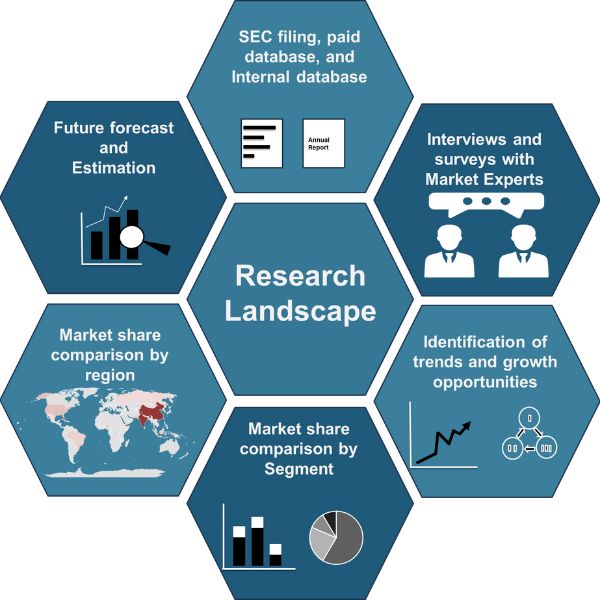
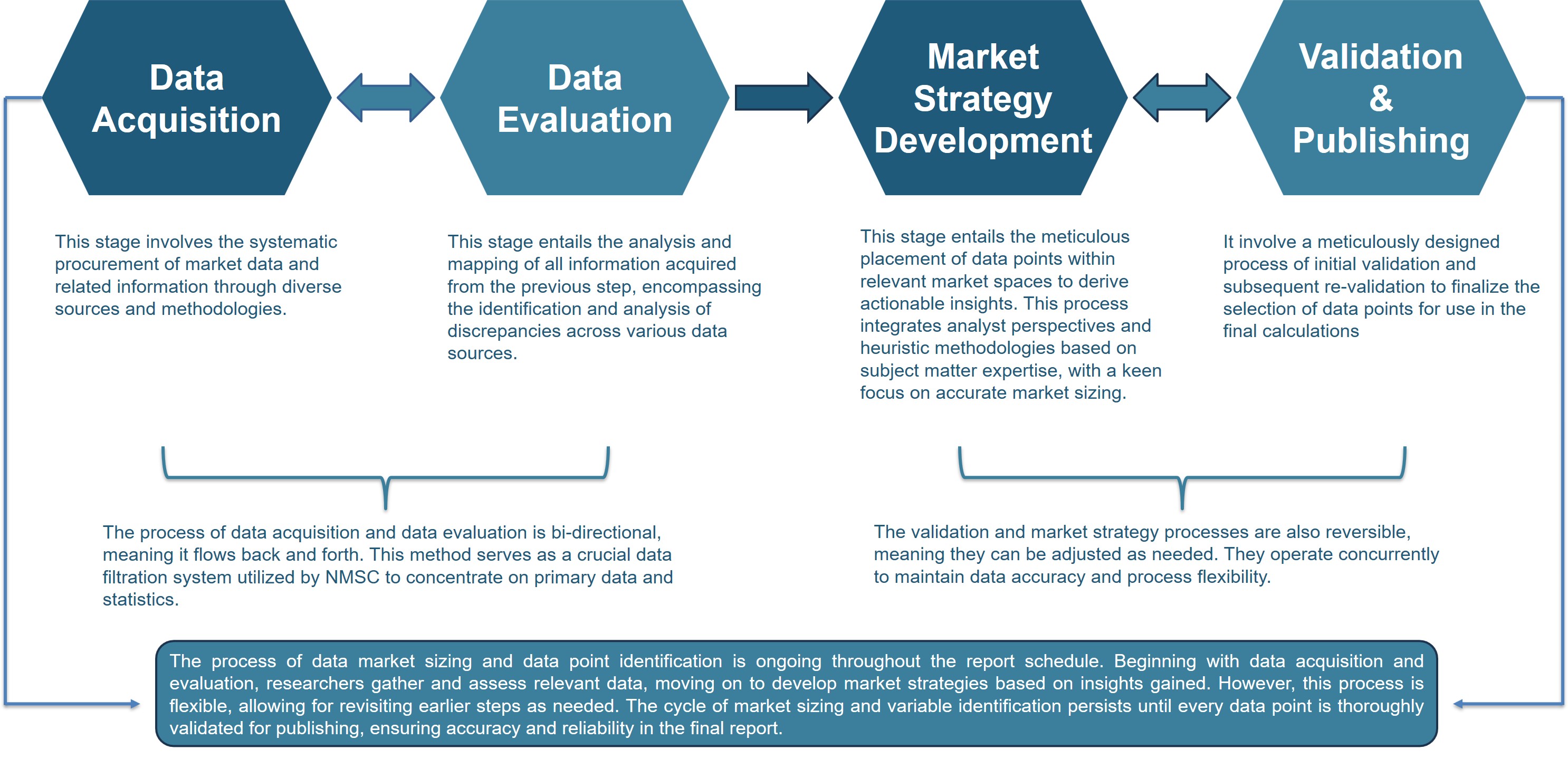



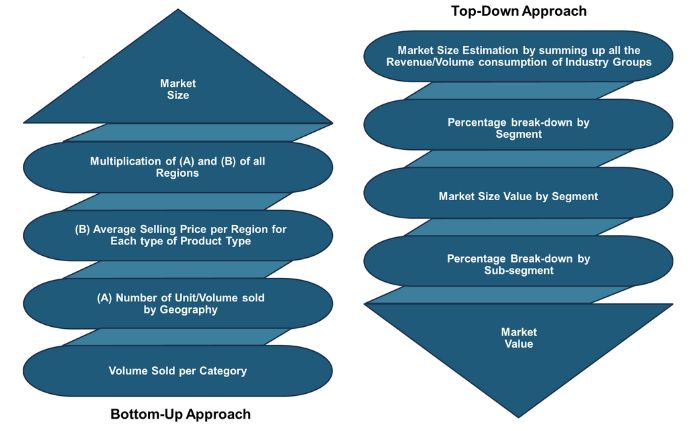
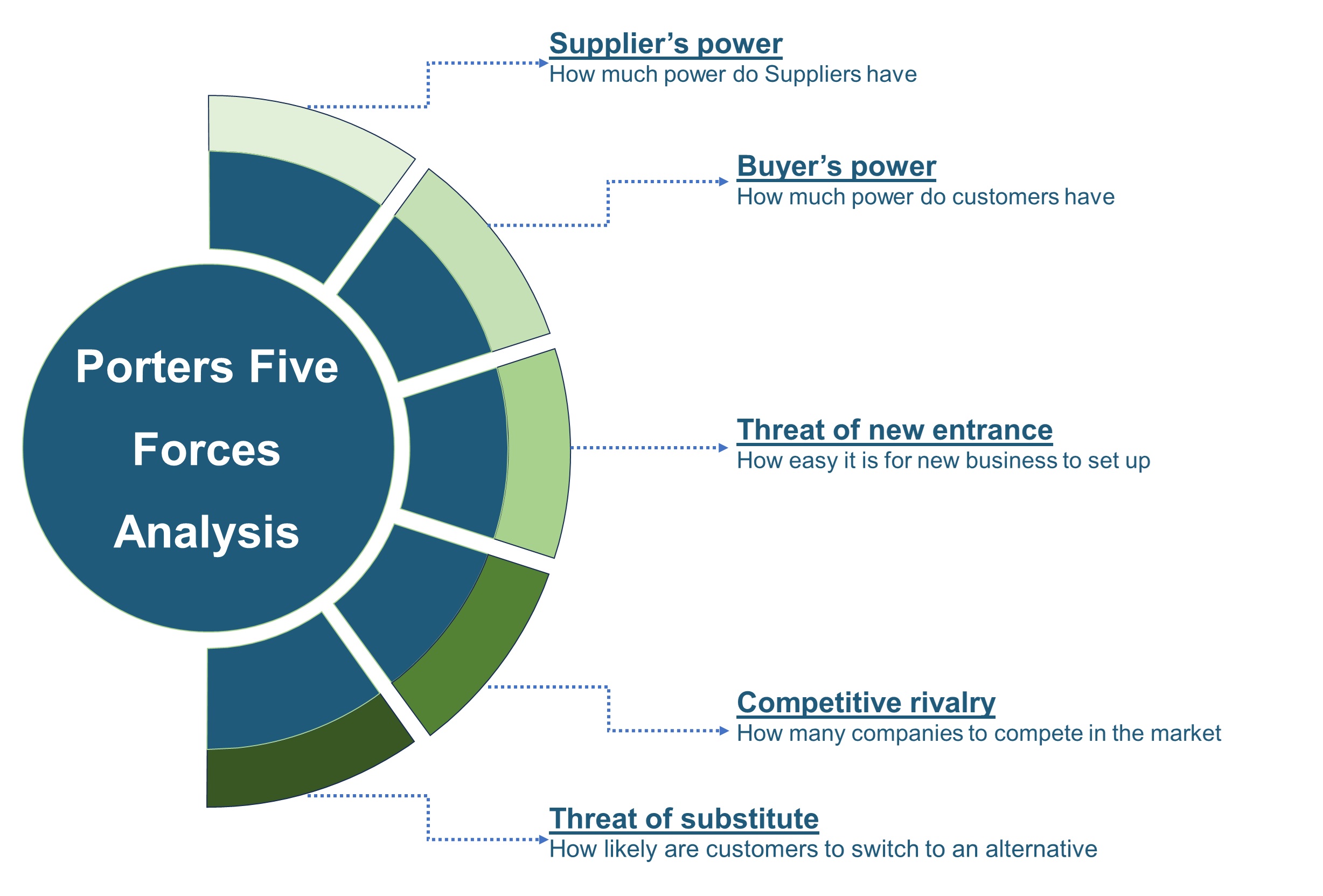







 Speak to Our Analyst
Speak to Our Analyst



